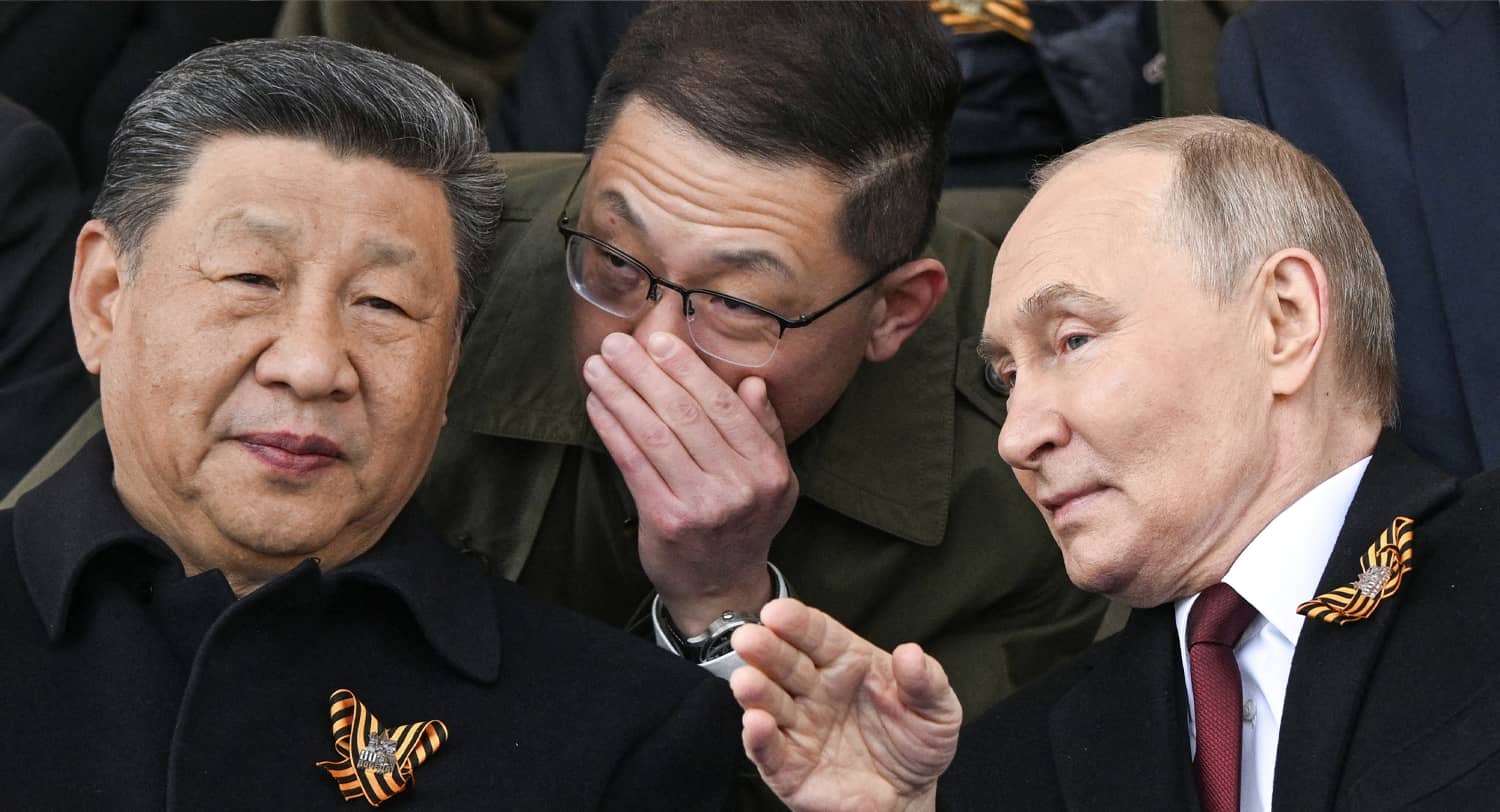The Trump administration has identified China as the primary adversary of US global interests. CIA Director John Ratcliffe recently declared that, “no adversary in the history of our Nation has presented a more formidable challenge or a more capable strategic competitor than the Chinese Communist Party.”
Some in Trump’s circle maintain that a key to curtailing Chinese power in Eurasia is a non-aligned Russia. They argue that while the US can’t hope to extract Moscow from its ever-deepening reliance on Chinese trade and technology, it can dilute China’s influence by re-opening Russia’s door to the West, economically and politically. Russia thus might maintain a benign stance should open conflict erupt between the world’s two largest economies. This argument is flawed geopolitically, economically, and politically.
Misreading Mackinder
This pro-Russian strategy seems to be based on the early 20th century British geographer and strategist Halford Mackinder. His lecture in 1904 identified Eurasia as the crucial “pivot region,” which he later expanded to encompass the “Heartland” of Central Asia, much of Russia, and parts of Eastern Europe. “Who rules East Europe commands the Heartland; who rules the Heartland commands the World-Island; who rules the World-Island commands the world.”
Yet Mackinder never advocated partnership with the Kremlin – quite the opposite. In fact, he cited authoritarian powers’ dominance of the Heartland as the fundamental threat to global security. To counter this, “Rimland” periphery powers in Europe and Pacific Rim, together with the US, must share the common aim of keeping the Heartland from the rule of any one great illiberal power. It is through allies in the Rimland that Washington may help maintain balance of power in and access to the Heartland – not Russia.
Russia at Beijing’s Mercy
Moscow needs Beijing and will for years to come. Since the full invasion of Ukraine in 2022, Russia’s economy, technology, and military industry are massively dependent on Chinese markets, investments, and sanctions-busting. China is Russia’s largest trading partner, a record-breaking $240 billion in 2023. Chinese markets accounted for 33 percent of Russia’s exports that same year. Militarily, in 2023, China exported over 90 percent of Russia’s of dual-use products identified by Washington and its allies as “high priority” items for Putin’s war machine. Huawei dominates Russia’s 5G infrastructure. The yuan now dominates 54% of trades on Russia’s stock exchange. These numbers speak volumes. Russia is hardly positioned for any significant turn from its economic partnership with China anytime soon.
Russia is Not the Regional Force It Once Was
Russia struggles to maintain the level of sway it once possessed throughout the former Soviet Union. The Central Asia Five (Kazakhstan, Kyrgyzstan, Tajikistan, Turkmenistan, and Uzbekistan), with growing populations and plentiful energy resources including rare earth minerals, are open for business.
China remains the largest trade partner and investor for the C5, reaching $89.4 billion in 2023. In Kazakhstan, China bested Russian trade by $13.4 billion in 2024. Turkey, India, and the European Union are also making deals. France’s 2023 nuclear deal with Kazakhstan is one example. This diversification points to Central Asian states’ political reorientation away from Moscow as its influence there and elsewhere in the Heartland wanes.
The West has repeatedly sought and failed to Westernize Russia’s leadership, from 18th century efforts of French and British diplomats to modernize Peter the Great’s court, to Germany’s post-Cold War economic overtures, to the US reset with Moscow under President Obama. History has amply demonstrated that Russia’s ruling elite, whether Tsarist, Soviet, or Putinist, has consistently prioritized centralized control and imperial ambition.
In light of these geopolitical, economic, and historical realities, the notion that Russia can serve as a counterweight to China’s growing influence in Eurasia is not only misguided but also strategically untenable.
The Kremlin’s deepening dependence on Beijing—spanning trade, technology, and military support—renders any meaningful pivot toward the West improbable in the near term. Moreover, Russia’s waning influence in the Heartland, exemplified by the Central Asian states’ diversification of economic partnerships, underscores its diminished regional clout. Rather than relying on a Russia tethered to Chinese interests, the United States and its Rimland allies should focus on strengthening partnerships with Central Asia and reinforce a balanced, multilateral approach to the Heartland. This strategy aligns with Mackinder’s vision of countering authoritarian dominance through collective action, not misplaced faith in a resurgent Moscow.

